OCEAN
How To Create Eye-catching Movie Posters For Environmental
In a thought-provoking visual initiative, a collection of images has creatively re-envisioned iconic ocean-themed movies, including classics like Jaws and Aquaman, to provide a stark and unsettling portrayal of the pervasive issue of plastic pollution in our oceans.
These impactful visuals have been curated by Oceans Plastic Free, an environmentally conscious brand specializing in sustainable toilet and kitchen roll products. The objective behind this visual storytelling is to underscore the urgency of addressing the escalating problem of plastic pollution, emphasizing the need for prompt action.
Among the revamped movie posters is the ’70s thriller Jaws, where the notorious shark now sets its sights on a plastic bottle rather than an unsuspecting swimmer. The image is enhanced with a six-pack ring caught in the jaws of the formidable marine creature, delivering a powerful message about the impact of plastic waste on marine life.
Additional redesigned posters feature beloved films such as Disney’s The Little Mermaid and Finding Nemo, the survival tale Castaway, and DC’s Aquaman. Each poster ingeniously integrates elements of plastic pollution into the cinematic narratives, prompting viewers to confront the reality of environmental degradation while instilling a sense of responsibility for positive change. These evocative visuals from Oceans Plastic Free serve as a poignant reminder that the time for collective action to combat oceanic plastic pollution is not only imminent but essential for the well-being of our planet.
Jaws

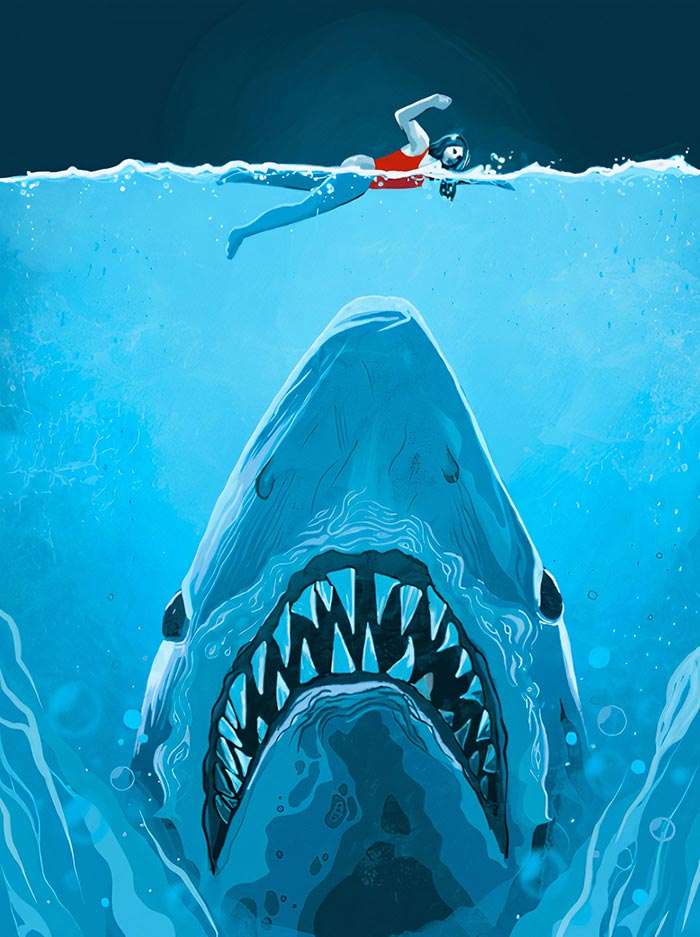
The timeless impact of the 1975 cinematic masterpiece, Jaws, has significantly influenced the public perception of sharks. Regrettably, in the aftermath of the film’s release, a concerning trend emerged – a surge in trophy hunting targeted at these creatures, perceived by some as menacing man-killers.
Research conducted by esteemed biologist Dr. Julia Baum sheds light on a startling reality: between the mid-1980s and 2000, there was a staggering 79% decline in the great white shark population. This decline stands as a testament to the disproportionate threat we pose to sharks, far exceeding the threat they pose to us. It becomes evident that our actions, fueled by misconceptions perpetuated by popular culture, have significantly impacted these majestic ocean dwellers.
Moreover, it’s not only traditional threats like hunting and fishing that imperil these creatures; plastic pollution has emerged as an equally formidable adversary. Recent findings from scientists at the University of Exeter unveil a distressing revelation – 1,116 documented cases of sharks entangled in plastic across the globe. Given that these numbers only represent reported incidents, the actual toll on shark populations is likely far greater than currently known, underscoring the urgent need for comprehensive conservation efforts. This multifaceted challenge demands a collective commitment to address not only the direct threats posed by human activities but also the insidious impact of plastic pollution, ensuring the preservation of these magnificent oceanic beings for generations to come.
The Little Mermaid

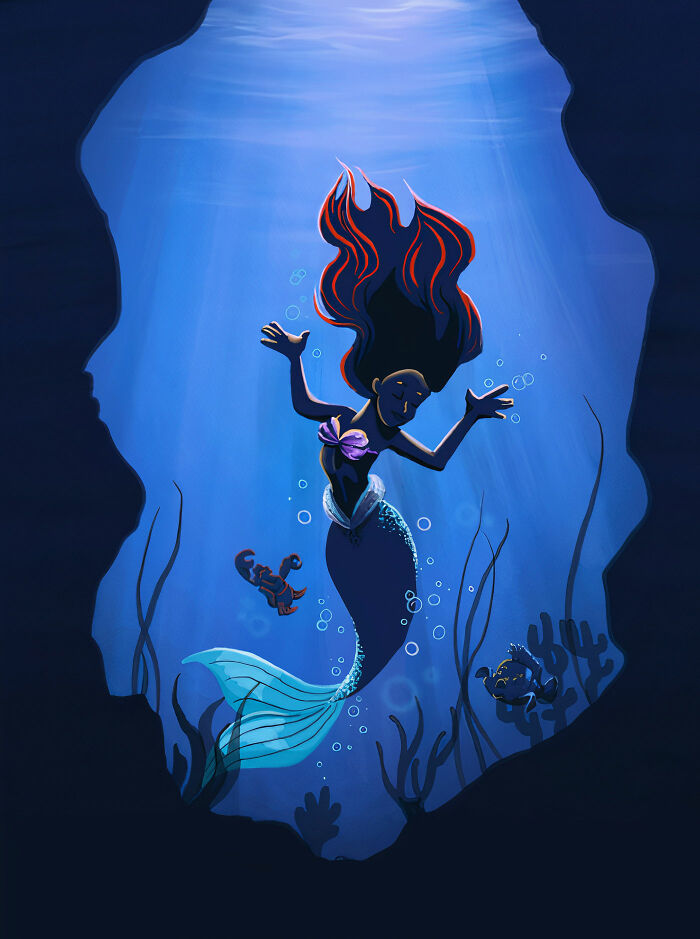
Mermaids have served as a muse for various artistic expressions throughout history, inspiring literature, paintings, and operas. In 1989, Disney brought these mythical beings to global screens with the release of “The Little Mermaid,” a cinematic adaptation of Hans Christian Andersen’s fairy tale.
During that time, plastic pollution wasn’t a focal point of concern. However, in the ensuing decades, increased attention has been directed towards this significant issue. Canadian photographer Benjamin Von Wong is one artist who creatively utilizes the allure of mermaids to raise awareness about plastic pollution in our oceans. Under the campaign titled ‘Mermaids Hate Plastic,’ Von Wong captured a series of photographs featuring a mermaid amidst a sea of 10,000 vibrantly colored plastic bottles. The chosen number, 10,000, symbolizes the estimated average lifetime usage of plastic bottles by Americans. Through this powerful imagery, the artist aspires to make the issue more accessible and captivating to the audience.
Aquaman

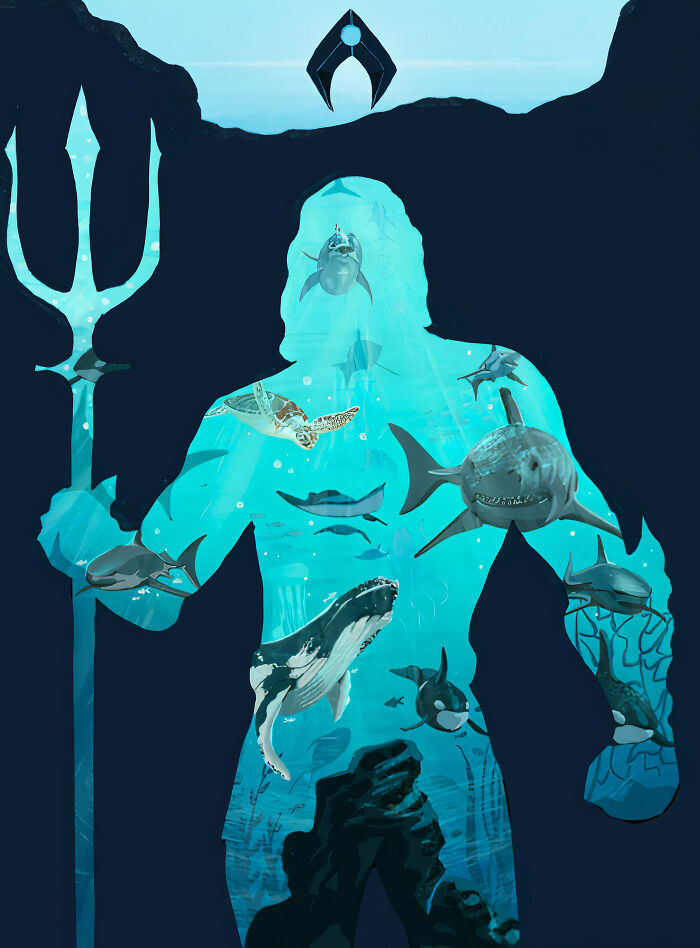
In this superhero movie, a series of underwater waterfalls is featured. Interestingly, this phenomenon mirrors a real-world occurrence where cold, dense water sinks beneath warmer water. The most prominent of these waterfalls is located beneath the Denmark Strait, which serves as the boundary between Greenland and Iceland. Here, the convergence of cold water from the Nordic Seas and warmer currents from the Irminger Sea leads to a dramatic descent along a vast oceanic trench. This results in a downward flow estimated to exceed 123 million cubic feet per second.
Regrettably, even remote regions like the Nordic Seas are not immune to the pervasive issue of plastic pollution. A study conducted by the Institute of Marine Research in Norway revealed that microplastics originating from European rivers are infiltrating these aquatic environments. The sources of these plastics include various contributors such as car tires, cosmetics, and clothing fibers.
Finding Nemo
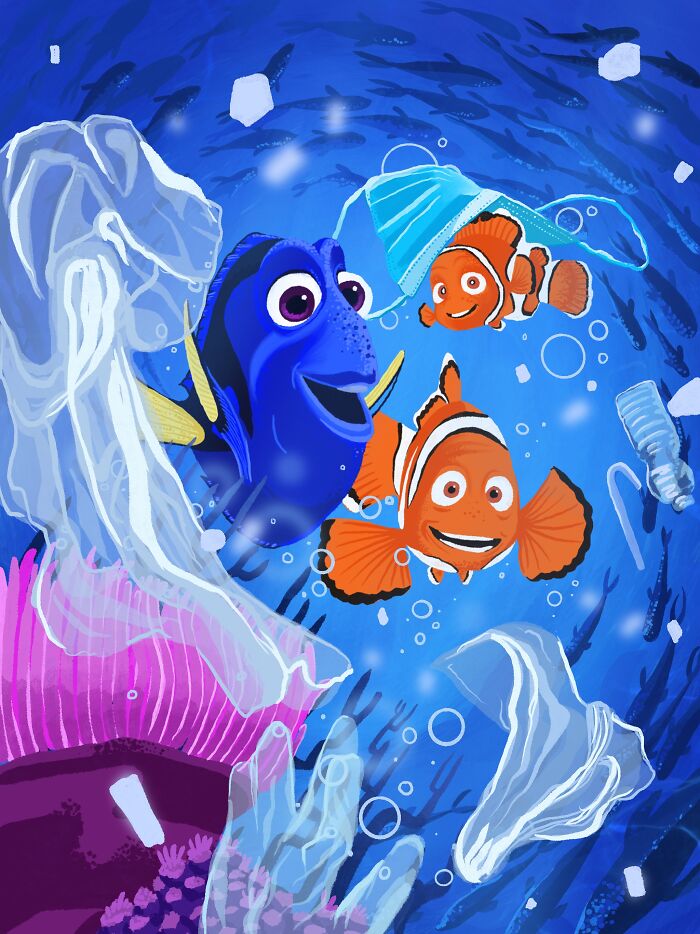
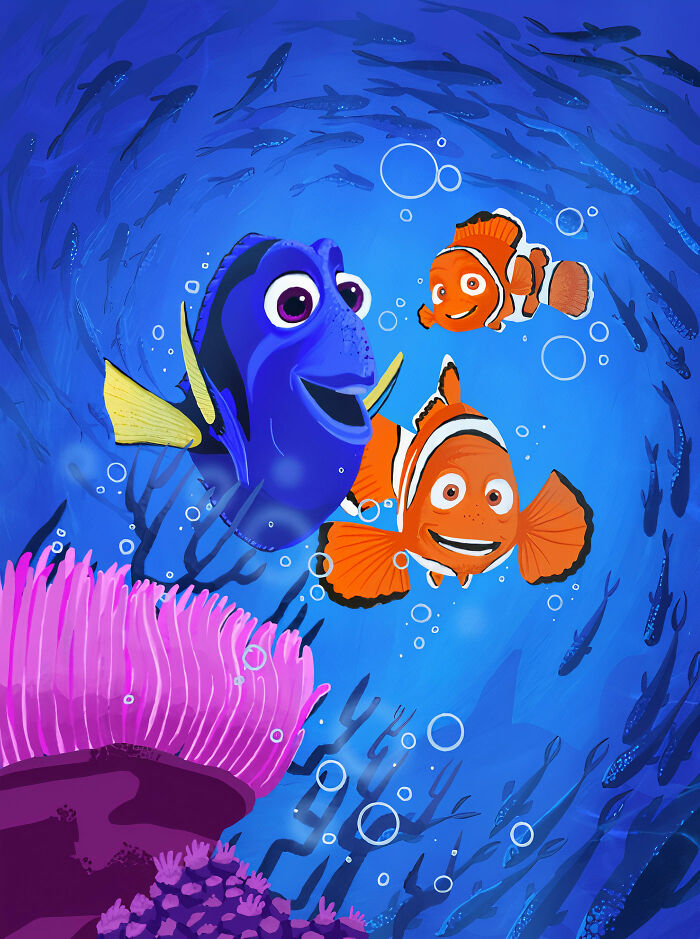
In this captivating computer-animated Disney adventure, the protagonist’s father, Marlin, embarks on a poignant journey in search of his missing son. His desperate quest unfolds amidst the mesmerizing backdrop of the East Australian Current, depicted as a bustling underwater highway.
The East Australian Current, a natural marvel that truly exists, serves as a migratory route for marine life. Situated off the eastern coast of Australia, this aquatic thoroughfare spans approximately 100 kilometers in width and plunges to depths of 500 meters. Remarkably, it propels an astounding 30 million cubic meters of water per second. In the cinematic portrayal, this fast-flowing current is presented as pristine, crystal clear, and devoid of litter – a stark contrast to the less-than-ideal reality it faces.
The harsh truth reveals that plastic pollution poses a significant threat to the marine ecosystems along Australia’s coasts. Contrary to the idyllic depiction in the movie, real-world statistics from the WWF underline the severity of the issue. An alarming 85% of Australian seabirds bear the impact of plastic pollution, showcasing the pervasive reach of this environmental challenge. The conservation charity further emphasizes the dire consequences for marine creatures such as turtles, which are susceptible to choking on items like plastic bags, and larger species like whales, often discovered with plastic debris in their stomachs.
As we delve into the mesmerizing world of animated adventures, it’s crucial to reflect on the parallels between fiction and reality, using these narratives to inspire greater awareness and action toward combating the pressing issue of plastic pollution that threatens our precious marine life.
Castaway
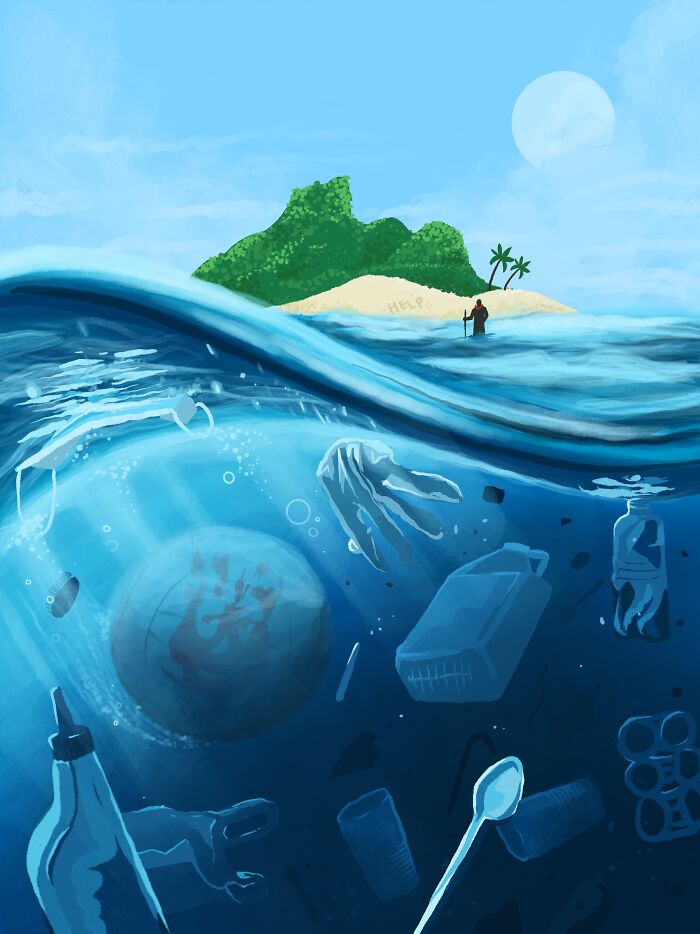

The genesis of this riveting survival movie can be traced back to the creative vision of Tom Hanks, who was intrigued by the hypothetical scenario of a freight plane meeting its fate in the vastness of the Pacific. In a candid revelation during a 2017 Actor Roundtable with The Hollywood Reporter, Hanks shared, ‘I was reading an article about FedEx, and I realized that 747s filled with packages fly across the Pacific three times a day. And I just thought, “What happens if that goes down?”’ This conceptual spark ignited the narrative, setting the stage for an intense tale of survival against the elements.
While the movie explores the dramatic consequences of a plane crash at sea, it’s noteworthy that in reality, ocean freight plays a more substantial role in goods being lost at sea than air freight. According to data from the World Shipping Council, an average of 546 containers meet the untamed depths of the ocean each year, a phenomenon predominantly attributed to the challenging conditions of heavy seas. The harrowing scenario depicted in the film, where containers are dislodged by turbulent waters, draws an intriguing parallel to the real-world challenges faced by the shipping industry, adding a layer of authenticity to the movie’s premise.
In delving into the complexities of goods lost at sea, the movie not only entertains with its survival narrative but also inadvertently highlights a pertinent issue faced by the maritime sector. As we navigate the cinematic waves, it prompts us to consider the broader implications of the challenges encountered by freight transport across the globe’s expansive oceans.
